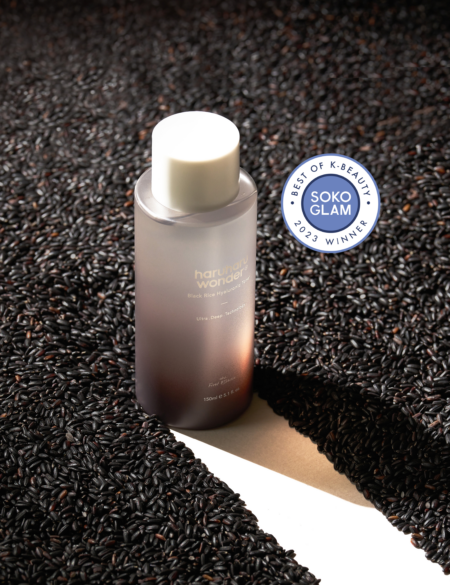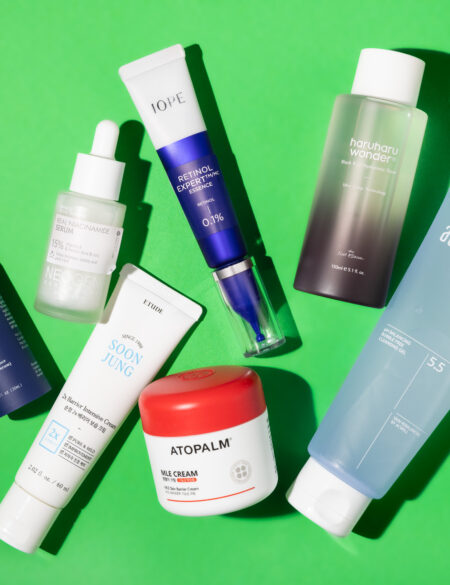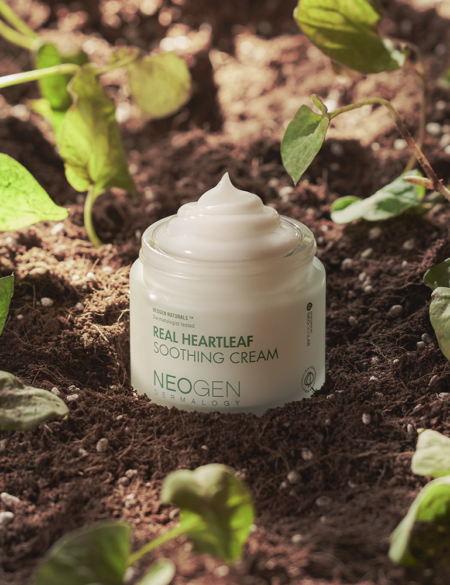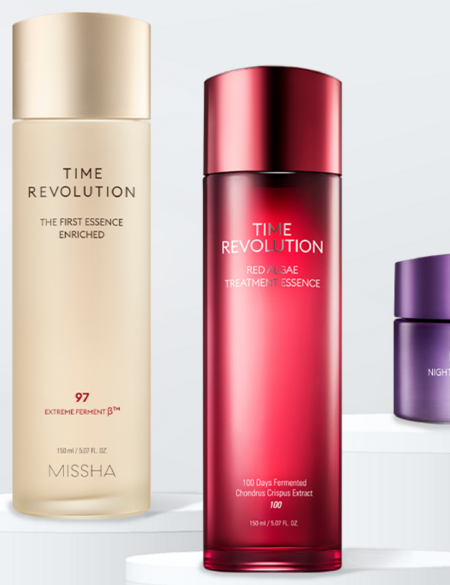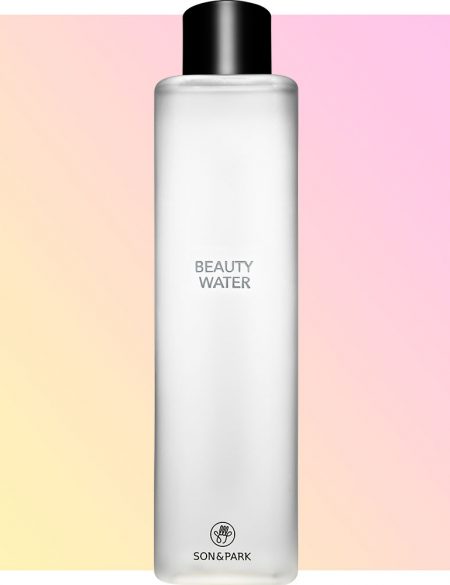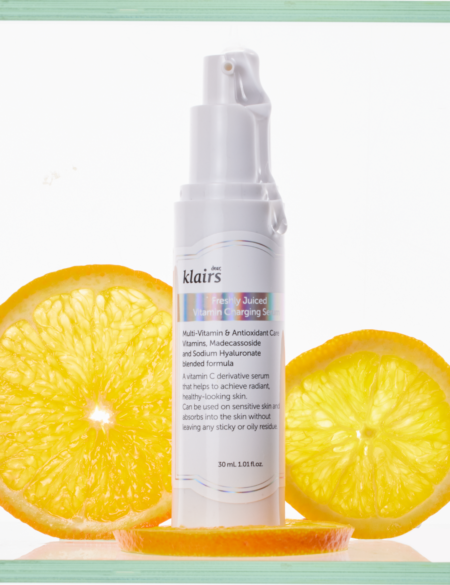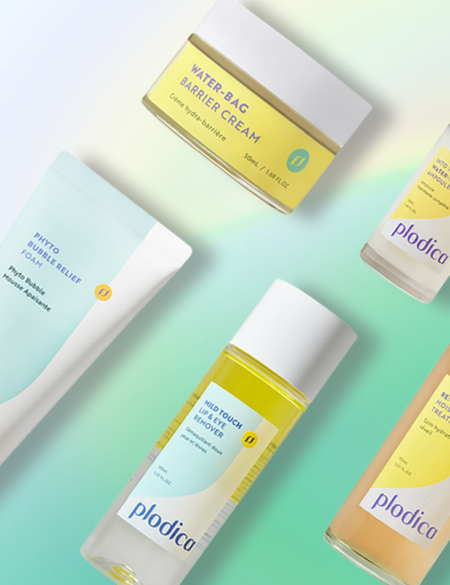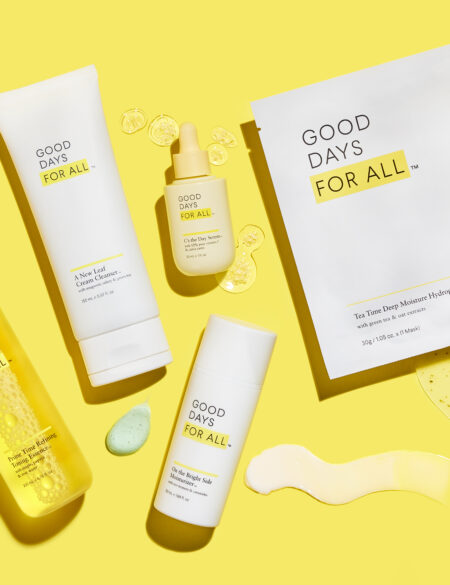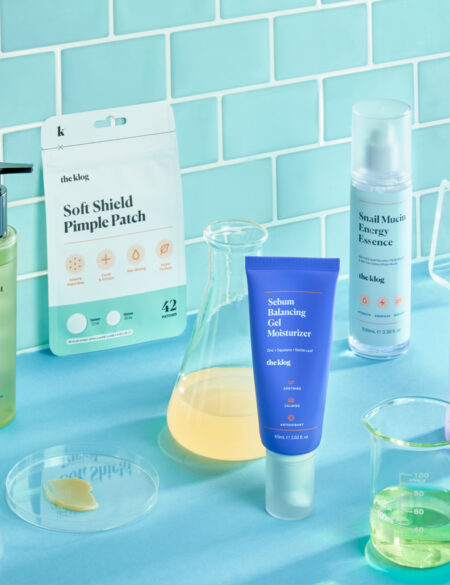Tretinoin is a popular acne treatment, but is it right for you? Below, one tretinoin user and a dermatologist share their insights on the prescription cream.
Living with adult acne is one of the most complex and frustrating experiences one can go through. As someone who didn’t struggle with acne as a teen, it’s been incredibly stressful to navigate.
Once I realized that over-the-counter and at-home remedies weren’t working for my acne, I turned to a dermatologist. I’ve now been taking the prescription Spironolactone for well over a year now, and more recently I was introduced to the topical treatment, tretinoin.
I had heard of tretinoin before but wasn’t really aware of what the treatment could do for my skin. Now after a few months of using it regularly, I’ve definitely noticed a difference in my skin’s overall appearance. Along with the visible reduction of acne, the texture of my skin is also a lot smoother and softer to the touch.
Curious about try the treatment yourself? We chatted with Dr. Ava Shamban, a Southern California-based dermatologist and founder of Skin Five, about everything you need to know about tretinoin. Read on!
What is tretinoin?
To put it simply, tretinoin is a vitamin A derivative, a.k.a. a retinoid.
“Retinoid is the umbrella group, but each has its own chemical and molecular structure, binding differently and processing differently within the cells, therefore having different resulting effects and outcomes,” Dr. Shamban explains. It’s pure retinoic acid and quickly treats acne in comparison to other topical ingredients. “It is not available over the counter and therefore not found in any cosmetic or beauty products,” she explains. [Ed note: Online retailer, Hers, has made tretinoin available for purchase after an online consultation with a physician].
RELATED: Your Guide to Retinol
How does it work?
“Acne is a multi-factorial type of skin condition or disorder which may present itself differently in different patients,” Dr. Shamban says. “As dead skin cells, dirt, bacteria, and overproduction of our sebum fills the pores, the results are comedones (blackheads), inflammation, redness and often varying degrees of pustules (whiteheads),” she continues. In more extreme cases of adult acne, some sufferers experience cysts and modules. “With that said, exfoliating and removing the layers of dead skin cells and debris and oil is key to both preventing and treating acne and follicular hyperkeratosis. Hormonal acne may not be as keen to respond from just exfoliation,” she says.
Tretinoin can treat acne with chemical exfoliation, which is highly effective. “By chemically exfoliating the top layer of skin, it decreases cells in the pores—a root cause of the inflammation and acne response,” she adds.
Is it used for any skin concerns other than acne?
While tretinoin is mainly used for chemical exfoliation to treat acne, we shouldn’t doubt it’s ability to do wonders to the skin overall. “It can reduce fine lines and wrinkles, and support reduction in hyperpigmentation and texture issues, overall improving skin and visible signs of aging,” Dr. Shamban says.
What’s the main difference between tretinoin and retinol?
Tretinoin is stronger than what you can buy at a beauty counter, period. “The difference in composition may be subtle, but the difference in how they work in terms of time and efficacy can be significant,” she says. Tretinoin has the ability to pretty much “attack” acne. “For patients dealing with chronic acne or who are experiencing lack of confidence in their appearance and overall self-esteem issues, expediency in treatment is often key,” she explains.
What are some of the common side effects of using tretinoin?
Better skin always comes with a catch, and in this case, there can be some side effects. Extreme dryness and peeling are the most common side effects that tretinoin users experience. “Redness and irritation will be greater than if using retinol, making tretinoin less tolerable for some patients, particularly those with very sensitive skin,” Dr. Shamban says. For anyone experiencing sudden dryness and discomfort, she recommends a hyaluronic-acid based moisturizer.
How does it differ from other common acne medications such as Spironolactone?
Tretinoin is a topical gel or cream, while many other common acne treatments have to be taken orally. “Spironolactone is far from a quick fix. It may take up to about six months to see the acne disappear,” she explains. “However, it has proven to help hormonal acne with balance and inhibiting sebum in the sebaceous glands,” she adds. The androgen-blocking effect of Spironolactone helps eliminate the acne on the jawline and chin areas. For anyone looking for another type of acne treatment, Dr. Shamban suggests regular facials and laser treatments such as VBeam or Smoothbeam.
Bottom Line
Tretinoin is an effective treatment that can be used by most. “The only patients who should be wary of it are those who have extremely sensitive skin, rosacea, or eczema, and would be highly reactive when they are on it,” she explains. If you are pregnant or planning to get pregnant, you should consult a doctor before using tretinoin.



